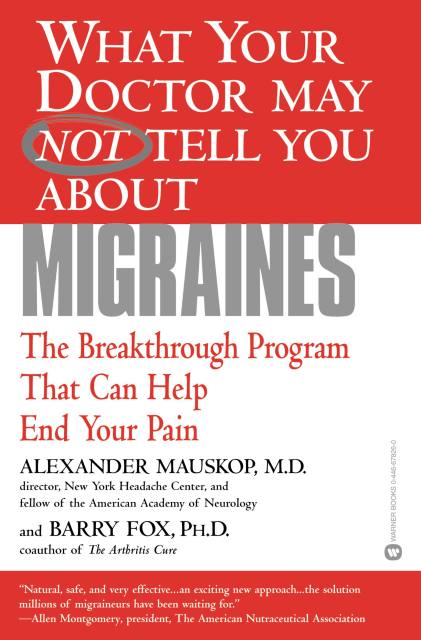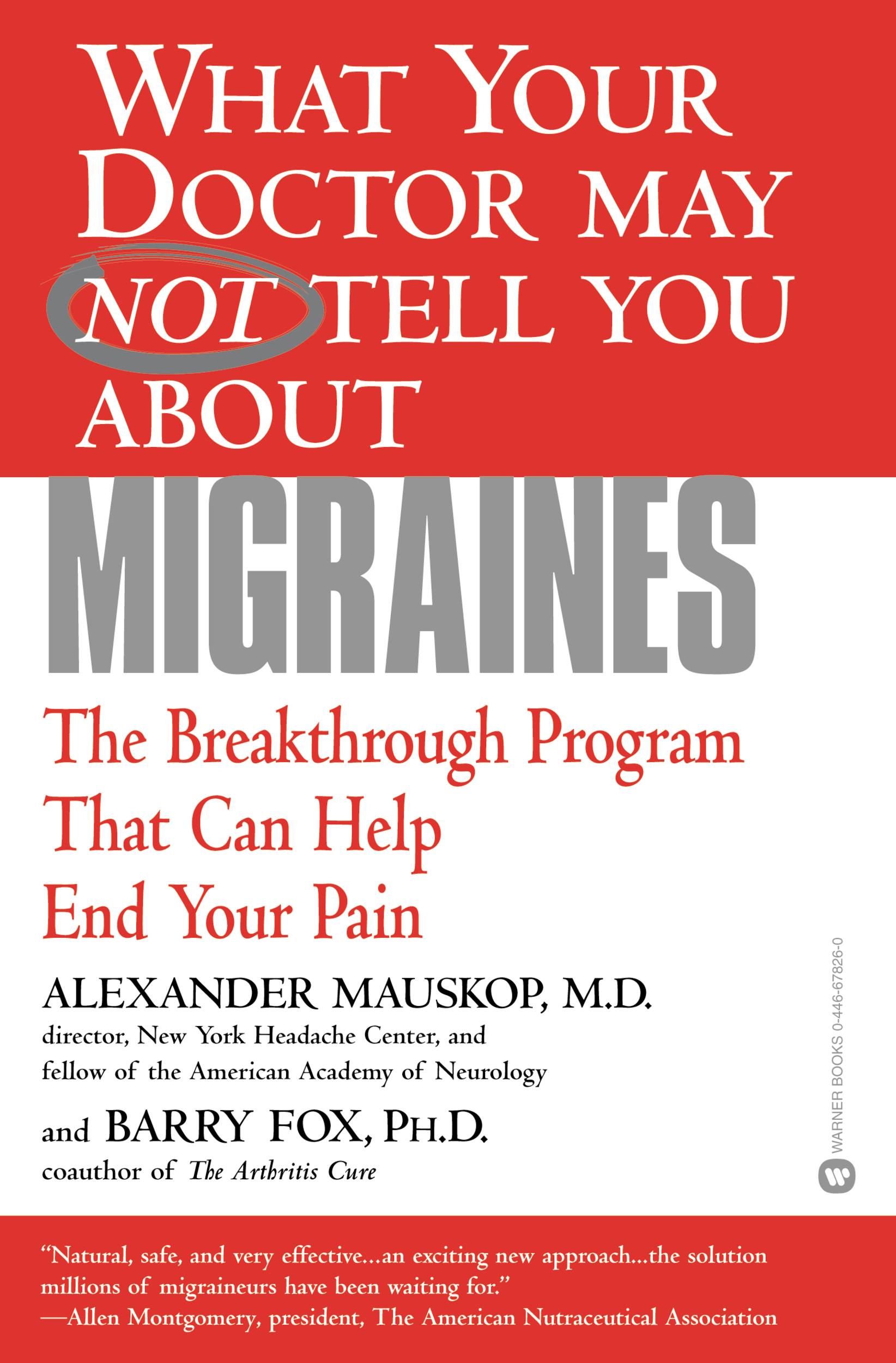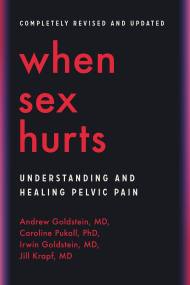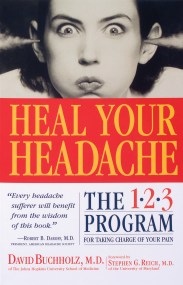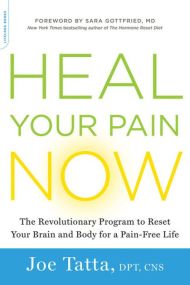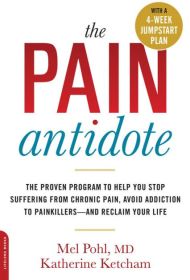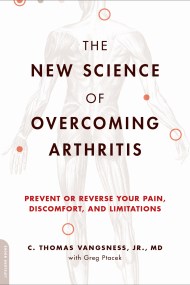Promotion
Use code MOM24 for 20% off site wide + free shipping over $45
What Your Doctor May Not Tell You About(TM): Migraines
The Breakthrough Program That Can Help End Your Pain
Contributors
By Alexander Mauskop, MD
By Barry Fox, PhD
Formats and Prices
Price
$8.99Price
$11.99 CADFormat
Format:
ebook (Digital original) $8.99 $11.99 CADThis item is a preorder. Your payment method will be charged immediately, and the product is expected to ship on or around November 1, 2007. This date is subject to change due to shipping delays beyond our control.
Also available from:
Genre:
- On Sale
- Nov 1, 2007
- Page Count
- 272 pages
- Publisher
- Grand Central Publishing
- ISBN-13
- 9780446537056
Newsletter Signup
By clicking ‘Sign Up,’ I acknowledge that I have read and agree to Hachette Book Group’s Privacy Policy and Terms of Use
